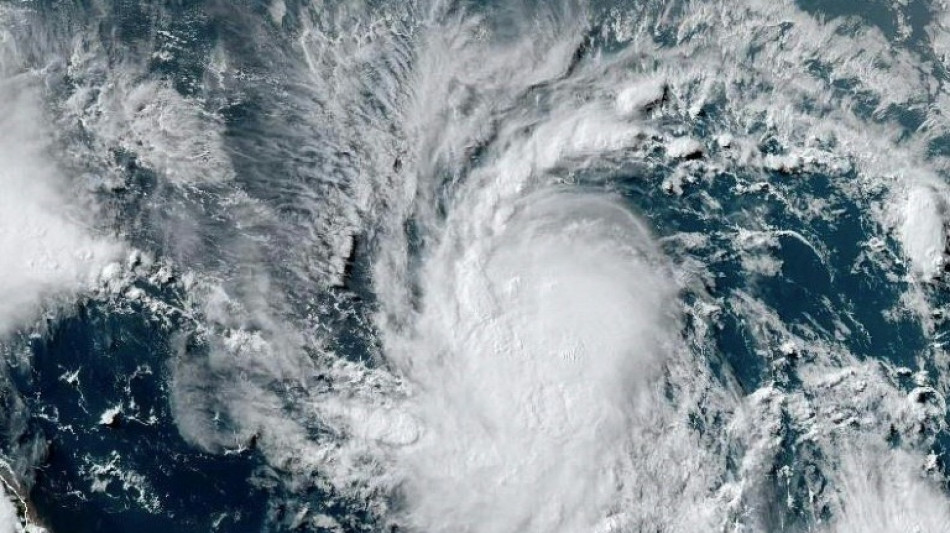
SCS
0.2300

Much of the southeast Caribbean went on alert Saturday as forecasters projected Tropical Storm Beryl would rapidly strengthen over the next 24-48 hours to become the year's first hurricane.
The US National Hurricane Center (NHC) said Beryl -- currently situated in the Atlantic Ocean about 785 miles (1260 kilometers) southeast of Barbados -- would become a "dangerous major hurricane" by the time it reached the Windward Islands late Sunday into Monday.
Barbados, St Lucia, St Vincent and the Grenadines and Grenada all had hurricane watches in place, the NHC said.
A major hurricane is considered a Category 3 or higher on the Saffir-Simpson scale, with winds of at least 111 miles per hour.
Such a powerful storm forming this early in the hurricane season -- which runs from early June to late November in the United States -- is extremely rare, experts said.
"Only 5 major (Category 3+) hurricanes have been recorded in the Atlantic before the first week of July. Beryl would be the sixth and earliest this far east in the tropical Atlantic," hurricane expert Michael Lowry posted on X, formerly Twitter.
The NHC said as of Saturday afternoon that Beryl had "maximum sustained winds... near 65 mph (100 km/h) with higher gusts" and that tropical storm force winds were extending outward up to 45 miles.
"Hurricane conditions are possible in the hurricane watch areas Sunday night or Monday morning, with tropical storm conditions possible by late Sunday," it said, warning of rain and life-threatening storm surge.
The Saffir-Simpson wind scale designates Category 1 hurricanes as having wind speeds at least 74 miles per hour, up to Category 5 storms with winds of 157 mph or higher.
The US National Oceanic and Atmospheric Administration (NOAA) said in late May that it expects this year to be an "extraordinary" hurricane season with up to seven storms of Category 3 or higher.
The agency cited warm Atlantic ocean temperatures and conditions related to the La Nina weather phenomenon in the Pacific for the expected increase in storms.
In recent years, extreme weather events including hurricanes have become more frequent and more devastating as a result of climate change.
P.Gashi--NZN